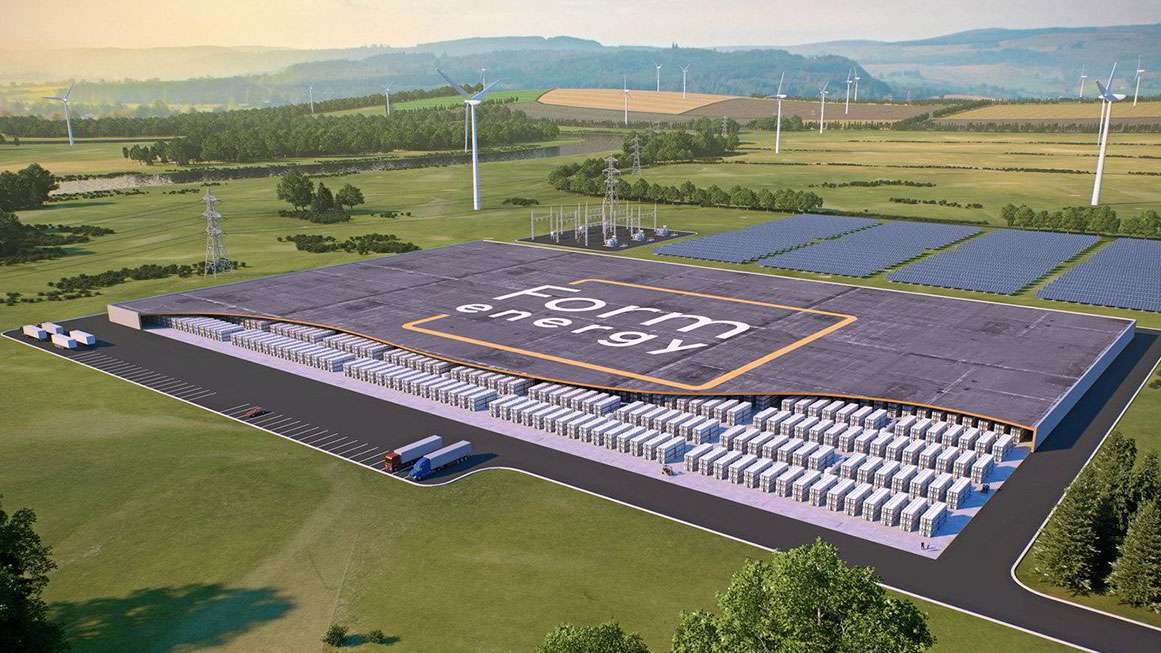Americans purchased more than 500,000 fully electric vehicles in the first three quarters of 2022, accounting for more than 6 percent of all U.S. car sales. The Biden administration wants that number to exceed 50 percent domestically, and the International Energy Agency projects it to exceed 60 percent globally by 2030. But getting those cars on the road—and storing the ever-increasing amounts of energy produced by solar panels, hydro plants. And wind turbines will require a lot of lithium-ion batteries.
With current technology and lithium resources, this will be a formidable challenge. But ongoing battery innovation promises to bridge the gap.
Lithium prices have risen from around $5,000 a tonne in nominal dollars in 2010 to more than $74,000 in 2022. At 2019 mining rates, it would take more than 9,000 years to produce enough lithium to completely phase out all use of fossil fuels, according to a 2022 study by Professor Simon Mikkas of the Geological Survey of Finland. Michaux also concluded that global reserves of other metals needed to replace fossil fuels—copper, nickel, cobalt, graphite and vanadium—”are nowhere near sufficient.”
Michaux’s neo-Malthusian assumptions did not take into account the creativity of innovators and entrepreneurs. Electrochemists are already addressing the deficiencies he describes, and their work will reduce the cost of driving electric vehicles.
Natron Energy in the US and CatL in China are working on sodium-ion batteries. At $960 per ton, sodium hydroxide is much cheaper than lithium. In 2022, CATL announced that its next-generation sodium-ion batteries will reach an energy density of 200 watt-hours per kilogram, compared to 220 watt-hours per kilogram for current lithium-ion batteries. CATL’s sodium-ion batteries can consume up to 75 percent less energy per kilowatt-hour than lithium-ion batteries.
Although sodium-ion batteries weigh more, CATL says they charge in just 15 minutes, last 3,000 charge cycles and perform well in cold and hot weather. Lithium-ion batteries take 30 minutes to charge, last 1,500 cycles, and don’t perform well in cold or heat.
What about saving energy for utilities? In Somerville, Massachusetts, Form Energy has built a giant iron-air battery that it says can store more than 100 hours of solar and wind electricity. To release energy, oxygen enters the battery to form hydroxide ions that corrode the iron bars, sending electrons into the circuit. Recharging reverses the process, turning the rust back into metal and releasing oxygen bubbles. The company projects that its battery packs will cost less than $20 per kilowatt-hour, making them competitive with legacy power plants.

